Este sitio web utiliza cookies, puede ver nuestra política de cookies aquí.
Si continua navegando, las está aceptando.
Quadrantanopia, or blindness that affects a quarter of the visual field in each eye, can affect one eye or both. If they affect both, they cause more problems for the patient, as they will notice the sectorial field loss binocularly. They are most commonly caused by cerebrovascular lesions, primarily in the occipital region, or by lesions in the optic radiation.
Depending on their location and whether they are present in one eye or both, they are classified as:
- Left upper quadrantanopia.
- Left lower quadrantanopia.
- Right upper quadrantanopia.
- Right lower quadrantanopia.
- Superior bitemporal quadrantanopia.
- Inferior bitemporal quadrantanopia.
- Superior binasal quadrantanopia.
- Inferior binasal quadrantanopia.
- Superior-inferior bitemporal quadrantanopia. - Superior-inferior binasal quadrantanopia.
- Infero-superior binasal quadrantanopia.
- Left superior-inferior homonymous quadrantanopia.
- Left inferior-superior homonymous quadrantanopia.
- Right superior-inferior homonymous quadrantanopia.
- Right inferior-superior homonymous quadrantanopia.
Patients with quadrantanopias may experience significant difficulties with spatial localization, often finding it very difficult to locate objects in the quadrant of the lost visual field.
What problems does quadrantanopia cause?
Sectorial field loss causes greater problems than those caused by a significant decrease in visual acuity. The problems they may experience depend on the cause and extent of the quadrantanopia. Some of these may include:
- Difficulties moving safely in their surroundings.
- Difficulties performing daily activities. They frequently bump into objects.
- Difficulty reading
- Difficulty driving
- Significant emotional problems, such as anxiety, depression, and a decreased quality of life due to their lack of independence.
How are quadrantanopias treated or rehabilitated?
Treatment for these injuries is not very widespread or common and while a few centers do offer it, they only offer the option of one treatment. Doctor Palomar´s treatment encompasses several different angles and treatments simultaneously for the benefit of our patients.
Expanding prisms: The most widely used are the Palomar strip prisms. These help expand the field of vision and recover perception of the lost visual field. Continued use also produces visual stimulation that can aid in functional recovery.
Visual exercises: These can improve eye coordination, visual perception, fusion, and eye movements such as saccades or smooth pursuit. They can also improve the lost visual field through specific stimulation programs.
The goal of these treatments is to restore the patient's autonomy, allowing them to perform all daily tasks such as walking, orienting themselves, reading, driving, etc.
Can quadrantanopia be recovered?
Neuroplasticity can be considered as the brain's ability to reorganize its neuronal connectivity patterns and readjust its functionality. This phenomenon is influenced by several factors, such as the cause of the problem, the patient's age, the duration of the stroke, the presence or absence of a relationship with other cognitive or mobility problems, etc.
Currently, we find quadrantanopic patients who, after being treated with Palomar prisms and completing a Palomar online exercise program, achieve functional recovery of their lost visual field.
Where can I receive treatment?
Typically, for a rehabilitation program, the patient must come to the center on certain days to perform exercises with machinery and do some easy-to-follow exercises at home. This can often be a challenge for patients due to time and distance limitations. To address this, Dr. Palomar has developed the Palomar online vision therapy platform, designed for the remote treatment and rehabilitation of patients with hemianopia or sectoral visual field loss. This way, once the patient has been examined, either in person or remotely, they can begin a vision rehabilitation program at home, requiring only a tv set and a computer with an internet connection.
Every patient gets a different customized program based on his or her clinical situation.
Palomar Centers are the one and only Eye Centers worldwide to offer this type of treatment, treating patients from all over the world.
to offer this type of treatment, treating patients from all over the world.
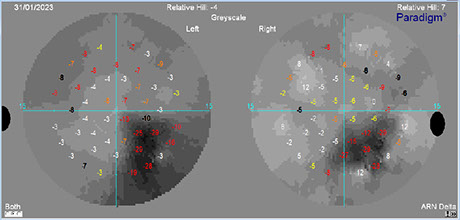
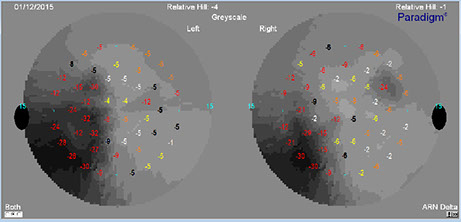
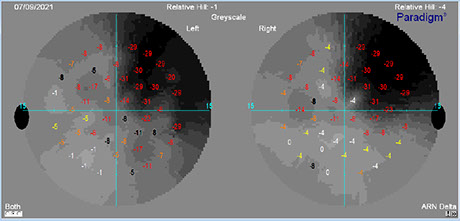
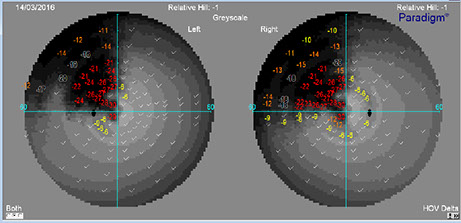
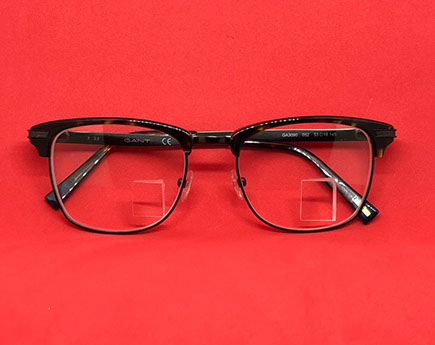
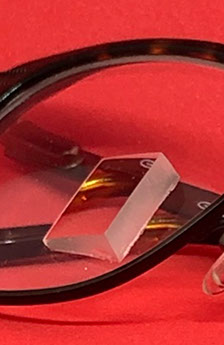
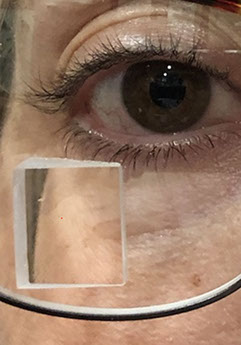
Related links:
